Table Of Contents
What is Polar Fleece Fabric?
Polar fleece fabric is a double-sided weft-knitted fabric with both sides brushed and often face side anti-piling to provide a soft and fluffy feel to the touch. 75D/144F, 100D/36F, 150D/ 144F, 150D/96F filament fibers are used to produce 200-350 gsm fabric.
Polar fleece mimics the insulating properties of wool but is much lighter. Its brushed surface gives it a plush feel. Polar fleece is incredibly warm and comfortable. Surprisingly, despite its warmth, it is also breathable and moisture-resistant, perfect for chilly and damp conditions.
|
Feature |
Details |
|
Also Known As |
Fleece fabric, Synthetic fleece, Polyester fleece |
|
Manufacturing Process |
Made from polyester fibers; involves knitting, napping (brushing), shearing, and dyeing |
|
Appearance |
Soft, fluffy texture with a smooth outer surface; plush and lightweight |
|
GSM Range |
200 GSM (lightweight) to 350+ GSM (heavyweight) |
|
Composition Range |
Typically 100% polyester; some blends with spandex or nylon |
|
Construction Range |
Warp or weft-knit fabric with double-sided napped surface |
|
Functionality |
Can include TPU, PU, AC, W/R coatings for enhanced performance |
|
Possible Thread Density Range |
200T–420T |
|
Count Variations |
Fine to medium fiber counts, e.g., 75D/144F, 100D/36F |
|
Full Width |
57/58”, 59/60”, 71/73” |
|
Fabric Breathability |
Moderately breathable; depends on GSM and construction |
|
Moisture-Wicking Abilities |
Excellent; draws sweat away from the body |
|
Heat Retention Abilities |
High; traps air effectively to retain warmth |
|
Stretchability |
Minimal unless blended with spandex |
|
Prone to Pilling/Bubbling |
Moderate; pilling can occur over extended use |
|
Country Where First Produced |
United States (1981) |
|
Biggest Exporter Country |
China (exports over 70% of global polar fleece production) |
|
Recommended Washing Temperatures |
Cold or lukewarm water (up to 30°C); avoid fabric softeners |
|
Applications |
Jackets, hoodies, blankets, gloves, scarves, linings, outdoor gear, pet clothing |
Types of Polar Fleece Fabric
Polar fleece comes in different weights and densities to suit various needs:
|
Yarn Type |
Denier (D) |
Filaments (F) |
Fleece Characteristics |
GSM Range |
Typical Applications |
|
75D/144F |
75D |
144F |
Fine, lightweight yarn with many filaments, soft and smooth texture. |
200-300 GSM |
Lightweight fleece, high-performance fabrics, apparel |
|
100D/36F |
100D |
36F |
Medium-weight yarn with fewer filaments, slightly coarser texture. |
200-400 GSM |
Midweight jackets, shirts, sportswear |
|
150D/144F |
150D |
144F |
Thicker yarn with more filaments, provides durability and softness. |
300-500 GSM |
Heavy fleece, outerwear, heavy-duty applications |
|
150D/96F |
150D |
96F |
Thicker yarn with fewer filaments, denser, less soft texture. |
400-500 GSM |
Heavyweight blankets, jackets, winter gear |
1. Lightweight Polar Fleece
- It’s popular in the name of micro fleece fabric.
- Weighs around 180-220 GSM.
- It is ideal for layering under jackets or wearing in mild weather.
2. Midweight Polar Fleece
- Ranges from 250 to 300 GSM.
- Balances warmth and breathability.
- Used in sweaters and hoodies.
3. Heavyweight Polar Fleece
- Over 300 GSM.
- Designed for extreme cold.
- Common in winter jackets and blankets.
How is Polar Fleece Fabric Made?
The production process involves several key steps:
- Polyester Fiber Sourcing: Derived from recycled plastic bottles or raw petroleum-based materials.
- Weaving or Knitting: Fibers are tightly knit to form the base fabric.
- Napping: Fabric is brushed on both sides to create a fluffy texture.
- Shearing: Ensures uniform thickness and smoothness.
- Dyeing: Fabric is colored to achieve vibrant hues.
Applications
1. Outdoor Clothing: Jackets, vests, gloves, and scarves. Perfect for hiking and skiing.
2. Home Textiles: Blankets, throws, and cushion covers.
3. Industrial Uses: Protective gear for workers in cold environments. Sometimes used as linings for heavy-duty clothing.
Characteristics
- Softness: Feels luxurious against the skin.
- Warmth: Retains heat effectively, even in cold conditions.
- Moisture-Wicking: Draws sweat away, keeping the wearer dry.
- Lightweight: Easy to wear and carry.
- Breathable: Prevents overheating during physical activities.
Advantages
- Retains warmth even when wet.
- Resists wrinkles and shrinking.
- It is environmentally friendly when made from recycled materials.
- Cost-effective compared to natural fibers like wool.
Disadvantages
- Prone to static electricity.
- Not as breathable as natural fibers in humid conditions.
How to Care for Polar Fleece Fabric?
- Wash in cold water to prevent damage.
- Avoid using fabric softeners.
- Air-dry or tumble-dry on low heat.
- Brush gently to maintain its soft texture.
Conclusion
It was first introduced in the 1980s, polar fleece quickly became a go-to fabric for outdoor enthusiasts. Today polar fleece fabric has revolutionized how we stay warm. Its blend of comfort, warmth, and affordability makes it a favorite for winter clothing and home textiles. Whether you’re climbing a snowy peak or curling up with a book, Polar Fleece has got you covered.







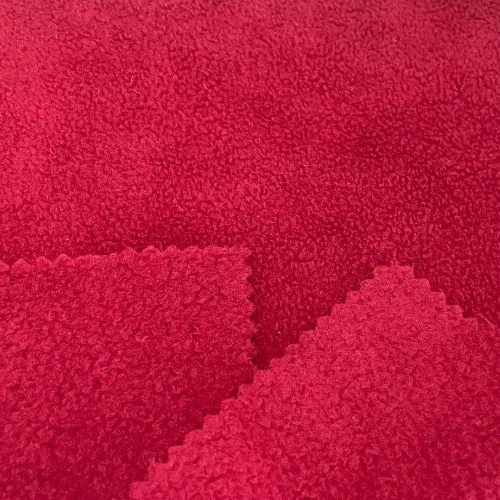

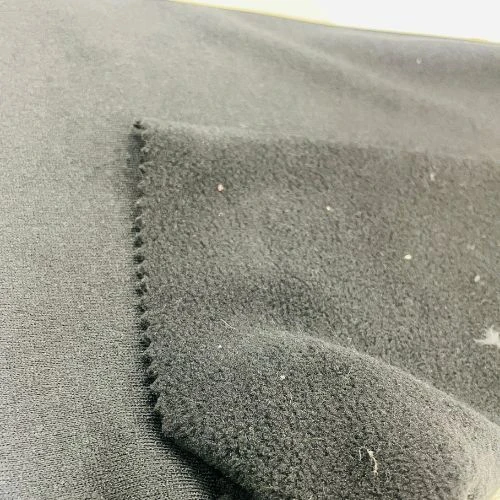
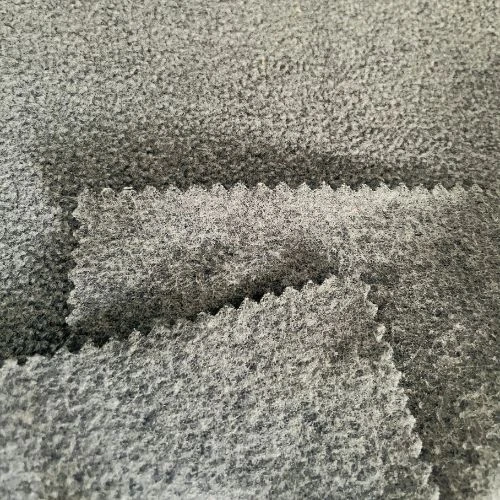
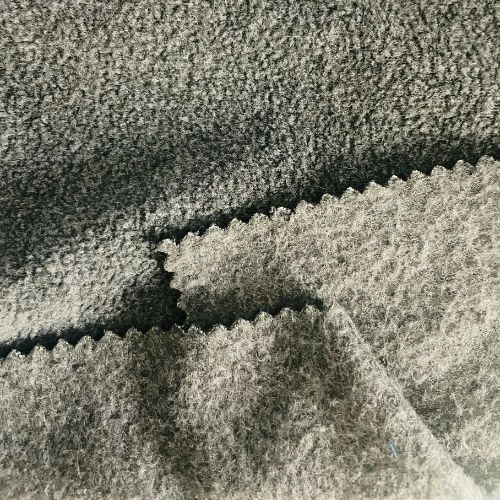
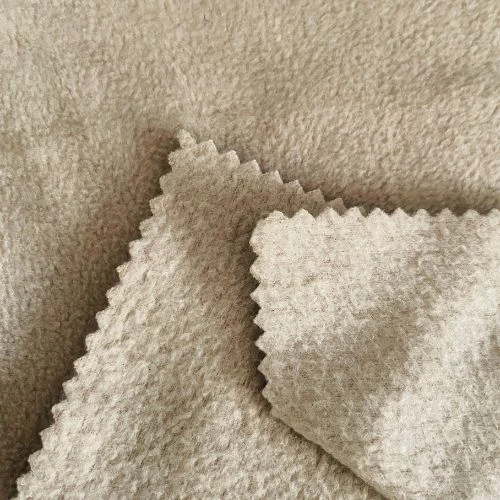
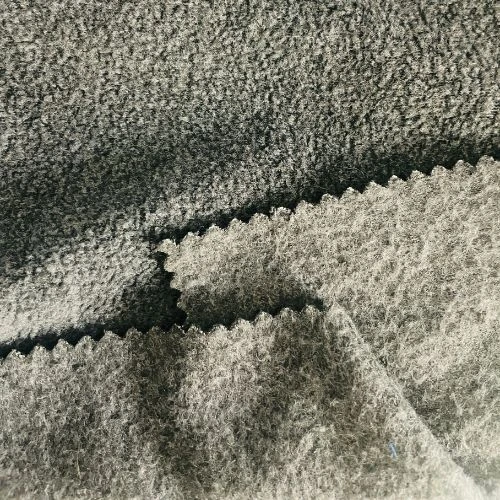
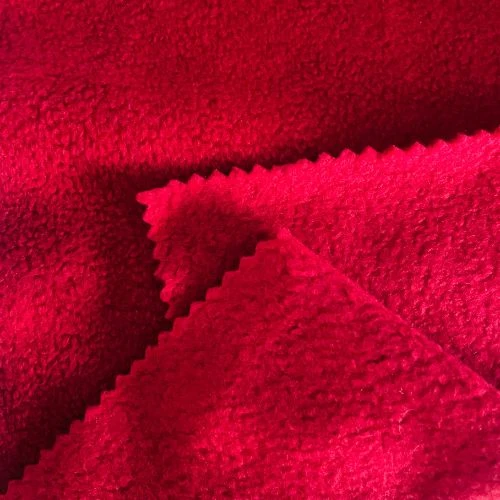
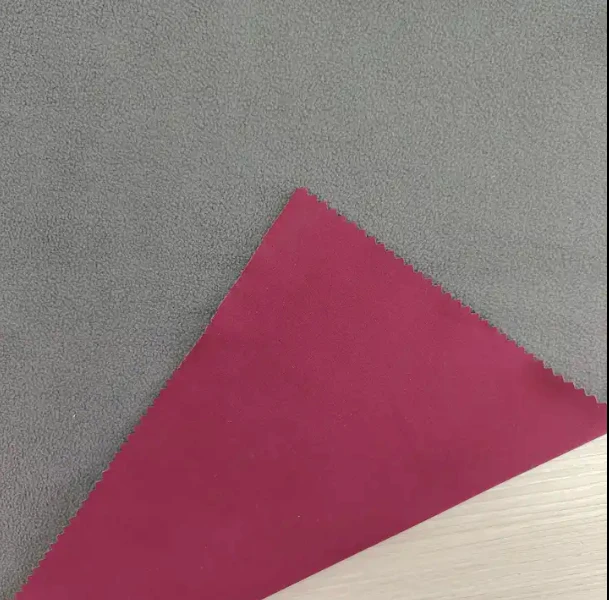
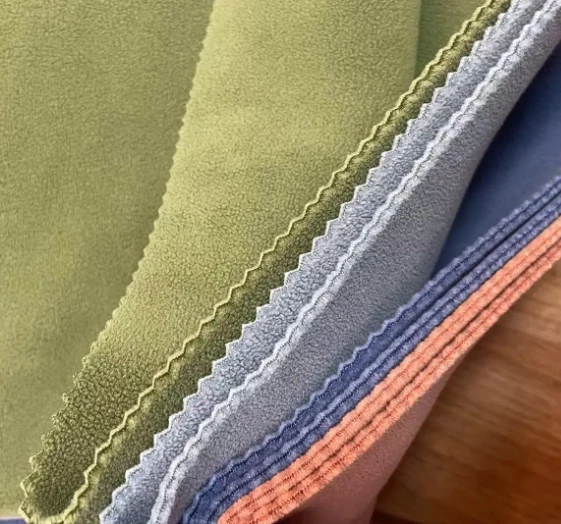





Comments - 00
Leave A Reply
Thanks for choosing to leave a comment.